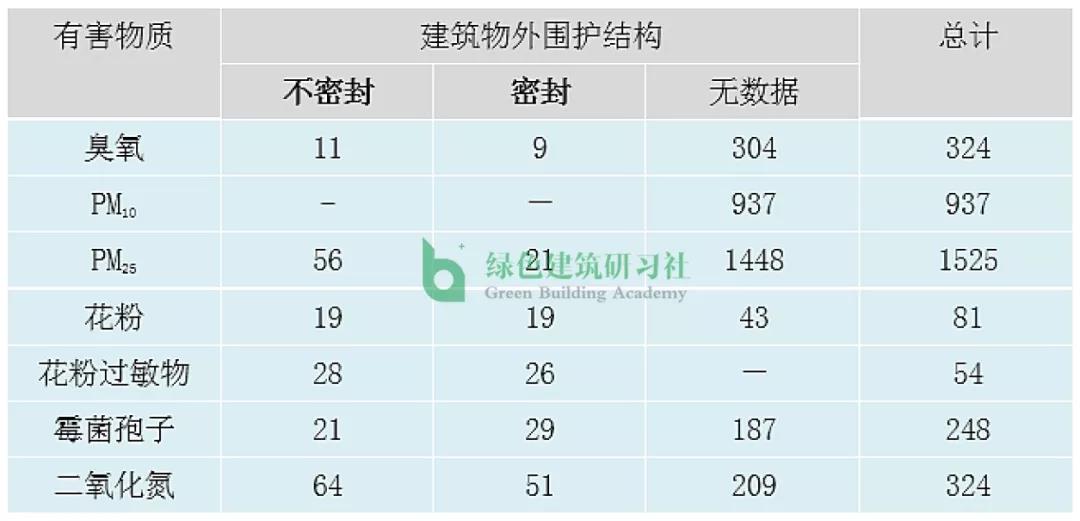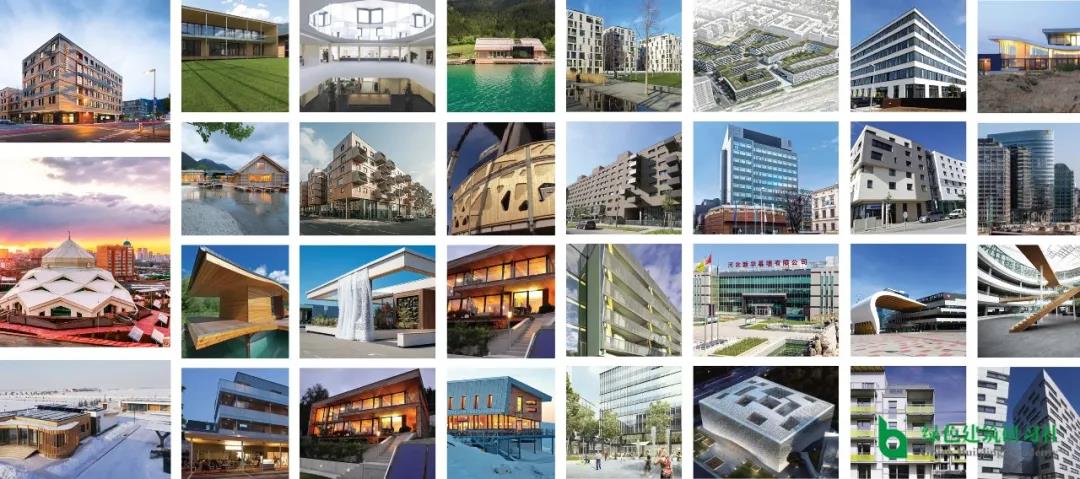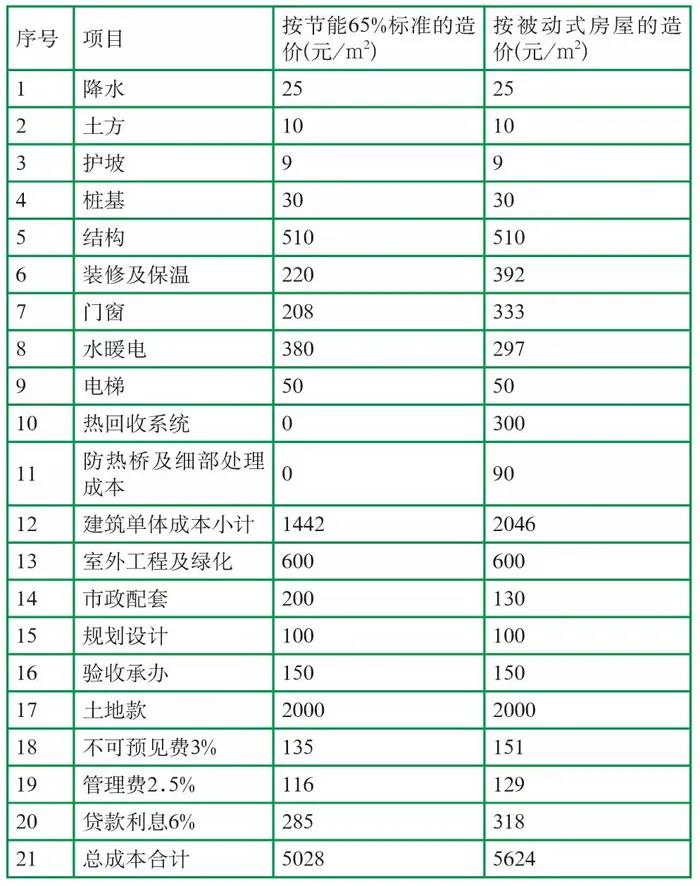01.
Isolate many pollutants.
Fine dust: according to the number of air exchange, the proportion of outdoor air to indoor pollutant concentration fluctuates between 5-90%.
Compared with the large particle dust, the small particle dust in the outdoor air has a greater impact on the indoor environment.
PM2.5 accounts for 75% of indoor dust pollution, while PM10 accounts for only 43%.
Ultra-low energy consumption buildings with good air tightness have obvious protective effect on PM2.5.
It can significantly reduce the harm of residents living near busy roads.
Nitrogen dioxide: in the buildings with poor airtightness of the enclosure structure, so the air exchange frequency is very large, the nitrogen dioxide from the outdoor will quickly enter the indoor, together with the indoor pollution sources (gas, smoking), the air quality will become worse.
And ultra-low-energy buildings don't have to worry about that.
Ozone: ultra-low energy consumption buildings with good air tightness are not only due to the reduction of air leakage, but also the highly reactive ozone will be degraded when indoor material contact.
Pollen and mold spores: for sensitive populations, reducing exposure to harmful substances through sealed enclosures is undoubtedly an important preventive measure.
Ultra-low energy consumption buildings with good air tightness can not only reduce timely pollution, but also reduce the probability of seasonal allergic substances entering the room, thus reducing the possibility of secondary dust.
Radon: radon is considered to be an important cause of bronchial cancer.
Epidemiological studies in Europe, North America and China show that 6-15% of lung cancer patients are attributed to radon pollution.
The German Federal Ministry of Environment, Nuclear Safety and Nature Protection recommends that the target value of indoor radon concentration be set at 100Bq/m3, and measures of radon pollution should be taken when the concentration is exceeded.
Improving the air tightness and taking auxiliary measures to discharge radon can effectively prevent the occurrence of high radon concentration in the room.

02.
Provide suitable temperature and humidity for human body.
The environmental factors that have the greatest impact on human health are temperature and humidity.
Indoor ambient temperature affects people's resistance, the human body has a certain ability to adapt to external temperature changes, the body can maintain balance through body temperature regulation, but this regulation is limited, indoor temperature is too high or too low, will affect people's thermoregulation function.
If the temperature is too high, the body temperature will rise, the blood vessels dilate and the pulse will accelerate; if the temperature is too low, the metabolic function will decrease, the pulse and respiration will slow down, the skin will be too tight, the subcutaneous blood vessels will contract, and the respiratory resistance will decrease.
The humidity is high in summer, which inhibits the evaporation and heat dissipation of the human body, which makes the human body feel uncomfortable; in winter, the humidity is high, which will accelerate the heat conduction and make people feel cold.
When the indoor humidity is too low, it is easy to catch a cold because of the loss of moisture in the mucous membrane of the upper respiratory tract.
The upper limit of relative humidity adapted by the human body shall not exceed 80%, and the lower limit shall not be less than 30%.
In most parts of our country, the wet overcast and rainy weather in spring and summer will lead to moldy indoor furniture, moldy food and dry clothes.
Living in such a humid environment will affect your health.
Ultra-low energy consumption buildings control and regulate the temperature and humidity of indoor air through five main aspects to achieve the most comfortable temperature and humidity of the human body.
The five aspects mainly include excellent thermal insulation, passive doors and windows, non-thermal bridge structure design, good air tightness, and fresh air system with heat transfer function.
The indoor environment temperature and humidity of ultra-low energy consumption building is the most suitable indoor microclimate environment for human body.
At this time, people's body, mind in a good state, work, rest will have a good effect.
Healthy humidity can not only inhibit the growth and spread of germs, but also improve human immunity.

The picture above shows some of the passive housing projects that Mr. David participated in.
03.
A more cost-effective living experience.
According to the report of the Science, Technology and industrialization Development Center of the Ministry of Housing and Construction, the incremental cost can be controlled at about 1000 yuan / kg in cold areas, 1500-2000 yuan / yuan in severe cold areas, and about 1500 yuan / yuan in southern regions (hot summer and warm winter or hot summer and cold winter areas).
The incremental cost in cold areas is higher than that in cold areas, which is due to the need for more stringent technical measures in cold areas.
The incremental cost in the southern region is higher than that in the cold area, because the thermal insulation measures of ordinary buildings in the southern region are poor, and there are no traditional heating facilities. the thermal insulation measures of ultra-low energy consumption buildings have a large increment without the cost savings brought by the cancellation of heating in cold areas.
However, it has to be admitted that, compared with ordinary energy-saving houses, the thermal insulation materials, external windows, efficient heat recovery devices and high-standard construction requirements of ultra-low energy consumption buildings have increased the project cost.
The ultra-low energy consumption building cancels the traditional heating system (residential heat exchange station, building heating network, heat metering system, etc.), thus reducing the cost of urban heating network.
According to the information of a passive house project in Hebei announced by the Science, Technology and industrialization Development Center of the Ministry of Housing and Construction, according to China's current energy saving standard of 65% and the construction cost of passive housing in accordance with the German standard, it can be seen that the cost of the latter increases by about 596 yuan per square meter.
The details of the comparison are as follows:

From the perspective of developers: the increased cost can be compensated from the market in two aspects: first, ultra-low-energy buildings can be higher than ordinary houses in terms of price; second, ultra-low-energy buildings are more attractive than ordinary houses in the market, and the speed of house sales is accelerated, thus reducing the cost of capital turnover.
From the point of view of buyers: ultra-low energy consumption buildings save heating costs.
If the purchase of ultra-low energy consumption buildings costs an extra 600 yuan per square meter, the investment can be recovered in 20 years if the heating fee is 30 yuan per square meter.
Although the investment in buying a house has increased, according to the actual sales of the existing ultra-low energy consumption buildings, people pay more attention to the comfortable indoor environment and are willing to invest.
Tel.
400-6700-999
Address
Address of Shuangcheng factory:
Crossroads of Songhuajiang Road and Xing'an Road, New Industrial Park, Shuangcheng Economic Development Zone, Harbin
Address of Haxi factory:
No. 9, Xinnong Road, Nangang District, Harbin
Address
Address of Nanjing factory:
No. 18, Zhonghuan Road, Jiangning District, Nanjing
Address of Nanjing office building:
Building F, Shimao 52 +, Yuhua District, Nanjing
JD official flagship store

Tmall official flagship store
